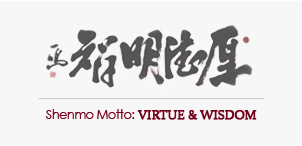SHENMO MOTTO: Virtue & Wisdom
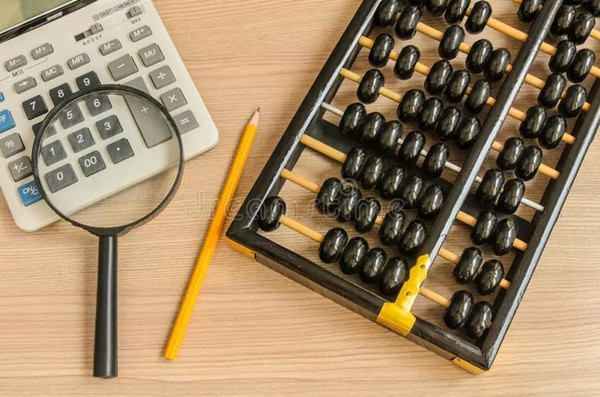
-
Comparison Between East and West Calculation Tools - People-centered Chinese Mathematics
2019-04-19 丨
The writer is from the Ministry of culture development

Due to different living environments, different civilized regions have given birth to "mathematics" with different guiding ideologies. The "mathematics" under these different guiding ideologies have different emphases, different application scopes, and different calculation tools. Today, we will start with the representative calculation tools of the East and the West to talk about the core of Chinese Mathematics and Western Mathematics.
At this time, the Chinese and Western calculation tools were like two trains running side by side, seemingly on the same road. But the two tracks then diverged and went in different directions.
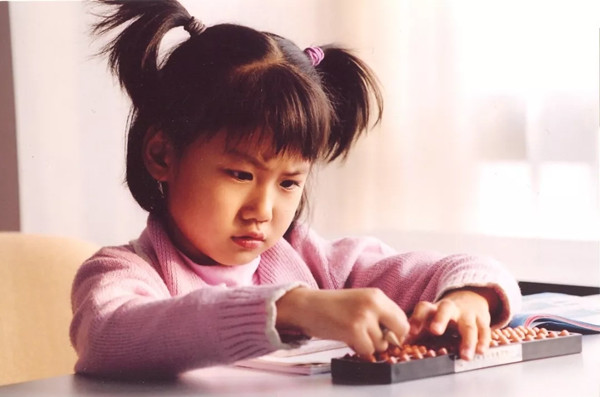
I. Calculation Tools in Early China and the West
Early human calculation tools were very similar, basically using small sticks as a calculating device. China named it as "Suan Chou (Counting Rod)." In the West, there is similar invention that used the hand to lay out sticks one by one. Both use specific objects to represent the number and to calculate by comparing with each other.
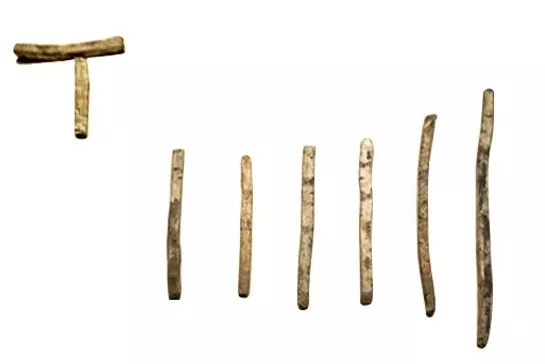

Counting Rods in Han Dynasty
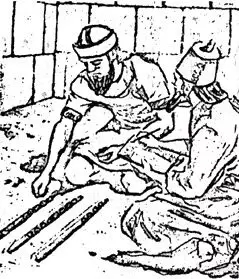

At this time, the Chinese and Western calculation tools were like two trains running side by side, seemingly on the same road. But the two tracks then diverged and went in different directions.
In China, the idea of unity between man and nature has led to the evolution from counting rods to the abacus, which, as the calculation tool, is operated by people to calculate various things. Then the abacus mental math is developed to promote personal growth.
The West, on the other hand, has moved to the road of automating “rods”. From the initial computing scale to the manual mechanical calculator and the computer, automation is an important feature of Western calculation tools.
The abacus is the glory of ancient Chinese culture and the most primitive originator of modern computers. In the speed competition of abacus against the computer, the clever Chinese have repeatedly beaten computers in four arithmetic operations.
But ultimately, China's abacus had not developed into a modern electronic calculator. The reason is that abacus and computers (originating from the mechanical computing) are the products of different cultures in the East and the West, with different foundations and directions.
This is a bit like biological evolution. Originally they are two related species; one is doing very well in one place and progressing very quickly. It is adapted to the local environment very well, but because it's too precocious, it has become specialized and thus can no longer adapt to other new environments. It doesn’t mean this kind of species is not good; it just no longer adapts to the new environment after big changes. It needs to transform, develop and relocate.
The other species, on the other hand, may not develop very well at first due to many incompatibilities, but it’s with the possibility to continue to improve. Finally, it has evolved into a larger and more diverse species community with higher adaptability.

Chinese scientists and financial accountants no longer use the abacus to work, but the children use the abacus to practice and grow.
II. The Core of Chinese Mathematics is People
In the Eastern Han Dynasty, China had already had the original abacus prototype. The great invention - a relatively complete abacus appeared roughly at the end of the Tang Dynasty.
The Chinese turned the inconvenient counting rod into a flexible bead, which was placed on a smooth bamboo stick and easy to slid up and down. It’s much faster than moving the counting rods. To prevent the beads from sliding out, the bamboo sticks are fixed in the wooden frame, which is equivalent to the original table. Finally, the wooden frame is subtly divided into upper and lower areas. The upper beads stand for the counting rods that represent five on the horizontal placement, and the lower beads stand for the counting rods that represent one on the vertical placement. Only using fingers to place the beads in different positions can represent different meanings.
This invention is indeed too great. The counting rods array on the table is skillfully moved to the wooden frame. It can slide quickly and carry conveniently. I have to admire the wisdom of the ancients! The reason why it can calculate so fast, in addition to the exquisite structure of the abacus itself, relies on the skillful cooperation of formula and fingering. In doing so, addition, subtraction, multiplication and division, and even square root operating are out of the question.
However, it is this added formula and fingering that is the key to the "specialization" of the abacus. It combines the human brain and fingers as part of an abacus. To some extent, the abacus has become an extension of the human brain and human hands. The beads will not move; they must rely on people’s hands to move, which is a flaw in the research-level data calculation, but it has a great effect on the exercise of the human brain and the comprehensive growth of the individual.
Abacus math has also developed into abacus mental math. People imagine an abacus in their mind, fingers moving virtual beads in the air, and even fingers are not moving, only by moving the beads in mind. People can complete the calculation of more than three digits. At this time, the hand and the brain have expanded from “moving abacus" to "replacing abacus". One person is an abacus, who could mobilize human feelings and count the world. Therefore, to a certain extent, the abacus is regarded as getting rid of the material and moving toward the spirit.
Therefore, the core of the Chinese abacus is "people"! It originates from the Chinese culture's emphasis on “Man and Nature." In ancient China, agriculture was considered as the basis, and human beings were the most important productive forces and the foundation of the world. At the same time, the monsoon climate made “nature” a decisive factor in dominating agricultural production and life and death. Therefore, Chinese culture pursues "respecting nature and loving the people," and the importance of "people" is revealed in all Chinese cultures. Under the influence of this cultural concept, China's algorithm should be simple and practical, concise and comprehensive, able to calculate solar terms and determine the season and be directly applied to agricultural production, so that people and society can continue healthily. The Chinese abacus tool, abacus math has "three talents -- heaven, earth and man” whose ultimate realm is to become an extension of human beings, integrate thoughts and actions into one.
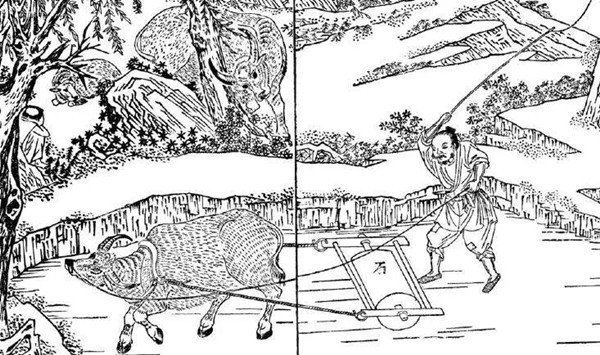

However, there is a problem that few people can complete the progressing of "basic understanding – skillful – proficient – excellent – transform” in abacus math, which requires a lot of practice and time accumulation, and one's ability cannot be directly passed on to later generations. The growth of the new generation also requires time and effort to follow the path of the past, which is bad for innovation.
In addition, the Chinese language also promoted the "specialization" of the abacus. Chinese is an "isolated language" with rich artistic conception; most of the morphemes are monosyllabic , which is especially beneficial for the formation of "formula". “Every three into one, every six into two, every nine into three...", "multiplication table", are all rhythmical, catchy, easy to learn and remember. This also makes it difficult for people who speak "inflection, agglutinative language" to understand.
The widespread use of “formula” made Chinese abacus learning easier. Just think, an algorithm that is easy to learn, with strong computing power (compared with ancient productivity), and can make people improve as a whole can absolutely meet the needs of the society in ancient times, and thus it naturally lacks motivation for further innovation and development.
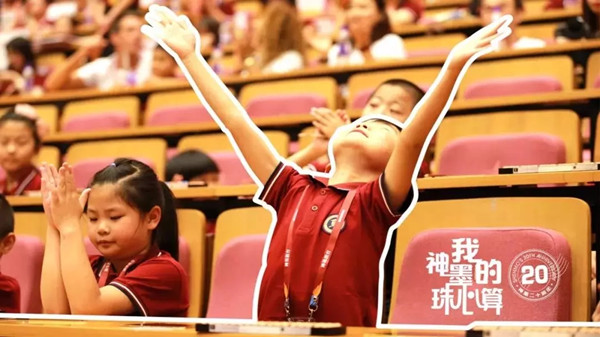

III. Automated Western Calculation Tools
It is different from Chinese mathematics with man as its core. Westerners who have inherited the culture of ancient Greek and Roman always like to use tools to replace people. They have to make a machine for everything, and they even have special inventions for egg-whipping.
This feature is also reflected in the invention of Western calculation tools. Roughly in the Ming Dynasty, the Renaissance began in Europe. At this time, the calculation tools began to have new inventions towards mechanization and automation.
First, the Italian physicist Galileo invented the Proportional Dividers, which is the simplest machine designed to scale. Then the British Gant invented the computing scale, also a simple machine. The logarithmic principle makes the theory a bit more complicated. At the same time, the British Shackard conceived a mechanical computer using the principle of gear shifting. Then the French mathematics Pascal turned the idea into reality and invented the computer that can add and subtract. In the end, German scientist Leibniz invented the mechanical computer that could do four arithmetic operations.
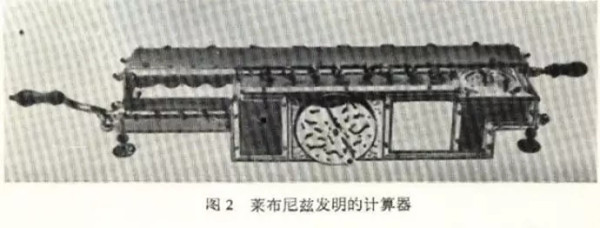

In fact, they are all instruments like the abacus, but differ in the brain and hand involvement. As for the western machinery, people are only responsible for entering the known number, and let the machine do the most crucial step by itself---calculation. Whether it calculates right or wrong lies in the design of the calculator.
Although the early mechanical calculators were not accurate, cumbersome for operation, complicated in structure, and big in volume, this mechanical design can leave drawings for later improvement. With the efforts of generations of mathematicians and mechanics, complex and advanced Analytical Engine were born.
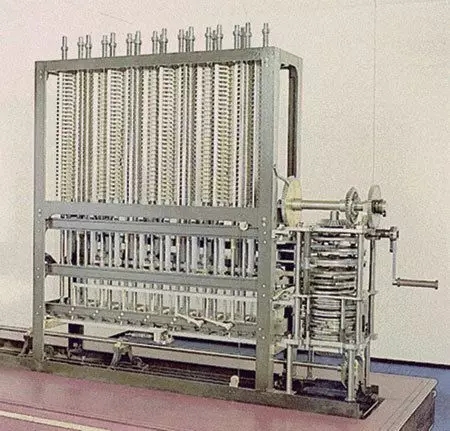

Inspired by the jacquard weaving machine, it analyzes a series of mechanical movements into a perforated card that uses criss-crossed holes to control the sequence and position of the movement. It makes the corresponding perforated card according to the pattern of the weaving program and put it into the machine. The machine will weave the pattern according to the program. In the case of a new pattern, you only need to replace it with the new one, which is very convenient. This idea of the perforated card provided the direction for the later original electronic computer, and the perforated small iron bars were turned into electron beams.
Efficient and replicable computers have injected new impetus into the flourishing development of Western science, and have evolved into the electronic computer that had created a new era of humanity. This is indeed an outstanding achievement. Throughout the development of Western calculation tools and mathematics, we always emphasize theory and logic and attach importance to things. The purpose of inventing computers is to replace people completely. This kind of thinking, which is completely different from Chinese mathematics in the East, has led the East and the West civilizations towards different directions.
IV. Conclusion
Chinese mathematics attaches great importance to practical application with outstanding achievements. It was a tool to transform the world, but it has eventually developed into a tool for understanding the world. Western mathematics attaches importance to theoretical generalization and is a tool for understanding the world, but in the end, it has successfully transformed the world.
Chinese mathematics attaches importance to the social application with human as the core. Abacus practice to the extreme is the replacement of the algorithm tool by humans. Western mathematics emphasizes theory and logic, and attaches importance to things. The purpose of inventing computers is to replace people completely. There is no difference concerning good and bad--each one has its good points. In modern society, we must rationally use the different advantages of the two, to learn from the East mathematics, and study Western mathematics to apply it!

-
NEXT:
Abacus, An Education Method Accessible Around the World On Jun 11, 2019 >
LATEST

- First Online Shenmo Training for Ru On Mar 29, 2021

- Online Shenmo Entrepreneurship Exchange Meeting On Mar 29, 2021

- First Shenmo Online Abacus Mental M On Feb 03, 2021
EVENTS
Combination of Traditional Culture and Mo On Jun 02, 2020
Shenmo News:Shenmo Nigeria Abacus Mental On Oct 23, 2019
Shenmo News:The delegation of the 1st On Oct 21, 2019





